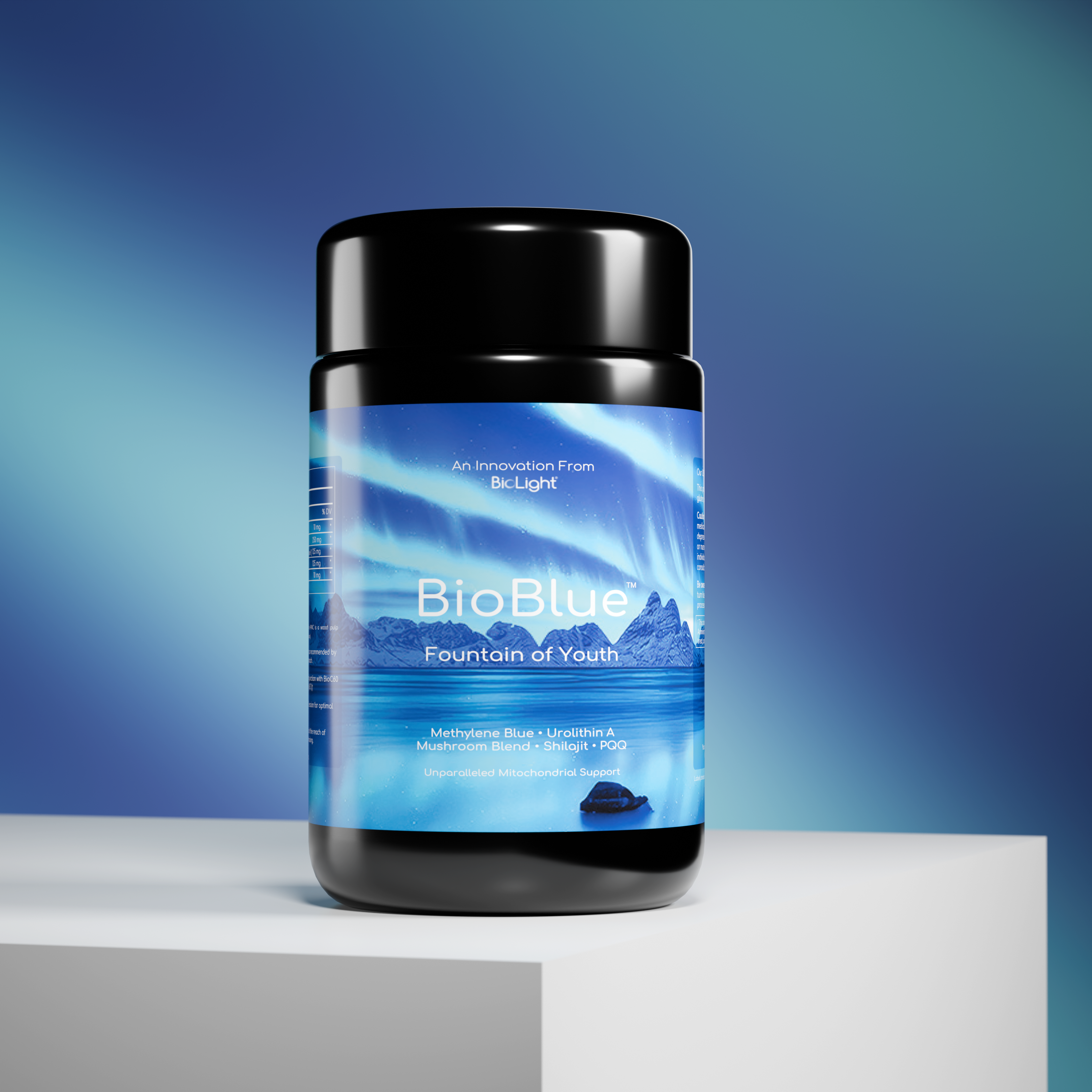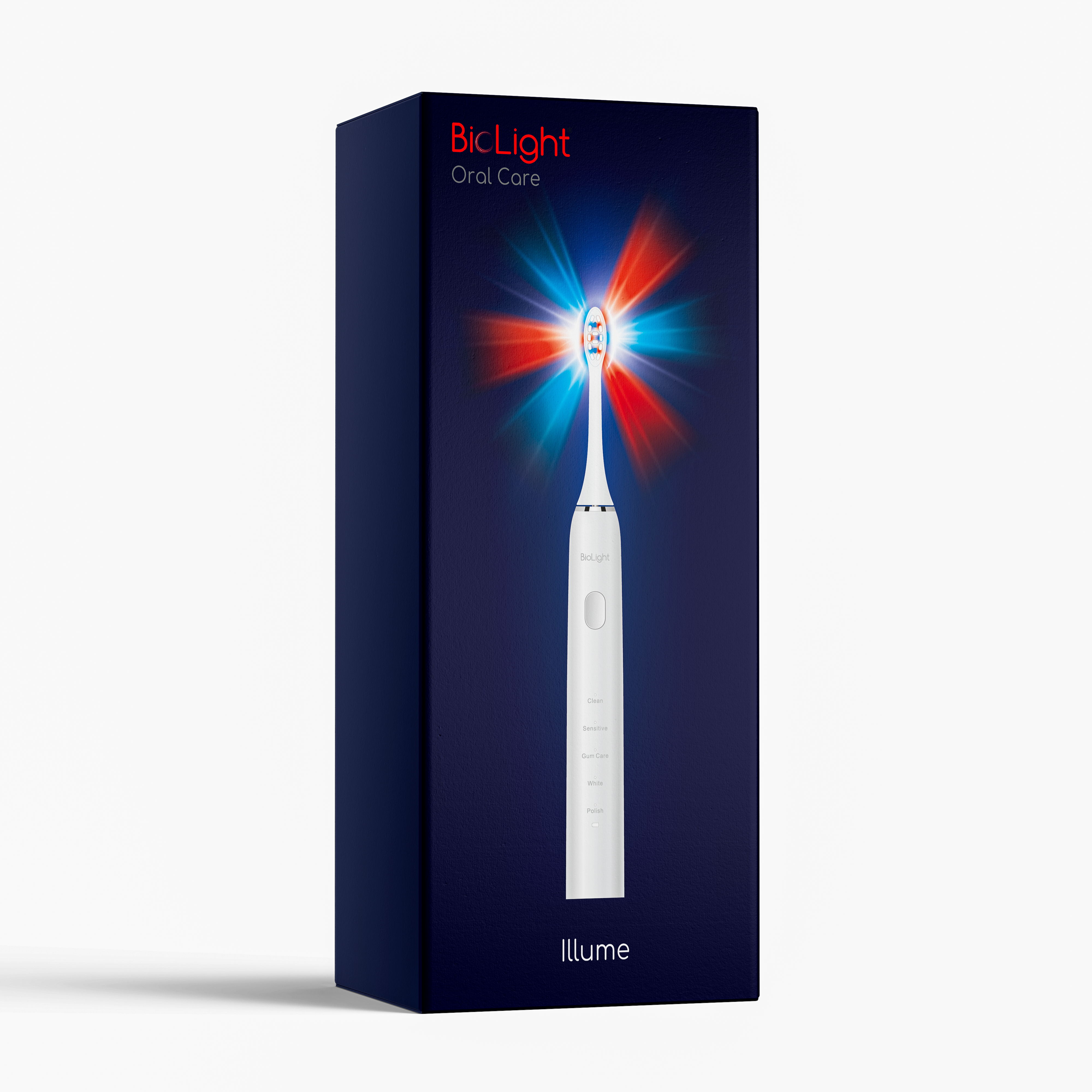Pain management is a crucial aspect of healthcare, affecting millions of people worldwide. Traditional pain relief methods often come with side effects or limited effectiveness. Recently, Methylene Blue, a compound with a long history in medicine, has shown promise in managing pain. This blog explores the potential of Methylene Blue in pain management, its mechanisms, and practical considerations.
Understanding Pain Management Challenges
Chronic Pain Issues
Chronic pain can significantly impact a person's quality of life, leading to physical and emotional distress. Conditions such as arthritis, neuropathy, and fibromyalgia often require effective pain management strategies to improve daily functioning.
Limitations of Current Treatments
Many pain relief methods, including NSAIDs and opioids, can cause adverse side effects or dependency issues. The search for alternative treatments that offer relief without significant drawbacks is ongoing.
How Methylene Blue Helps Manage Pain
Modulating Nitric Oxide
Methylene Blue affects the nitric oxide (NO) pathway, which plays a role in pain perception. By inhibiting the NO synthase enzyme, Methylene Blue reduces the production of NO, thereby alleviating pain and inflammation.
Reducing Inflammation
Inflammation is a common source of pain. Methylene Blue has anti-inflammatory properties, helping to reduce swelling and pain in affected areas. This reduction in inflammation can lead to significant pain relief for conditions like arthritis.
Neuroprotective Effects
Methylene Blue provides neuroprotective benefits by preventing oxidative stress and mitochondrial dysfunction in neurons. This action can be particularly beneficial for neuropathic pain, where nerve damage leads to chronic pain sensations.
Research and Clinical Evidence
Preclinical Studies
Animal studies have demonstrated Methylene Blue's effectiveness in reducing pain and inflammation. These studies show potential for its application in human pain management, warranting further research.
Human Trials
Limited clinical trials in humans have reported positive outcomes, with patients experiencing reduced pain levels and improved quality of life. Ongoing research aims to establish optimal dosages and administration methods for effective pain relief.
Practical Considerations
Dosage and Administration
Consulting with a healthcare provider is essential before starting Methylene Blue for pain management. They can recommend appropriate dosages and monitor for any side effects. Typically, Methylene Blue is administered orally or intravenously, depending on the severity of the pain.
Combining with Other Therapies
Methylene Blue can be used alongside other pain management strategies, such as physical therapy, acupuncture, and traditional medications. Combining these approaches can enhance overall pain relief and improve patient outcomes.
Monitoring Side Effects
While Methylene Blue is generally well-tolerated, it can cause side effects like nausea, dizziness, and mild skin discoloration. Regular monitoring and dosage adjustments can help minimize these issues.
Embracing New Pain Management Solutions
Methylene Blue offers a promising alternative for managing pain, particularly for those who have not found relief with traditional methods. Its ability to modulate nitric oxide, reduce inflammation, and provide neuroprotective effects makes it a valuable addition to pain management strategies. Always consult with healthcare professionals before starting any new treatment to ensure safety and effectiveness.















